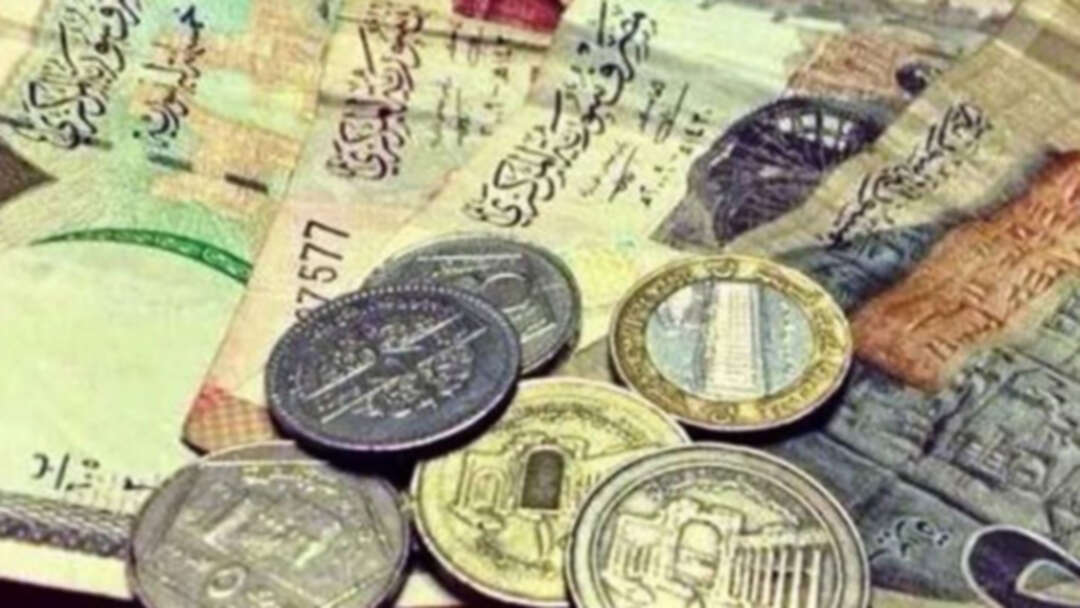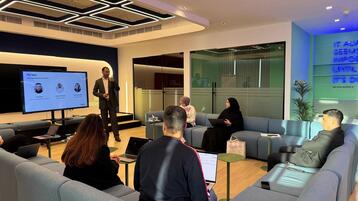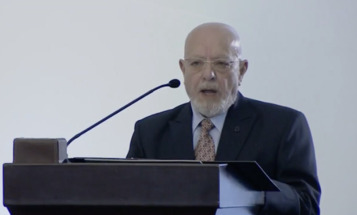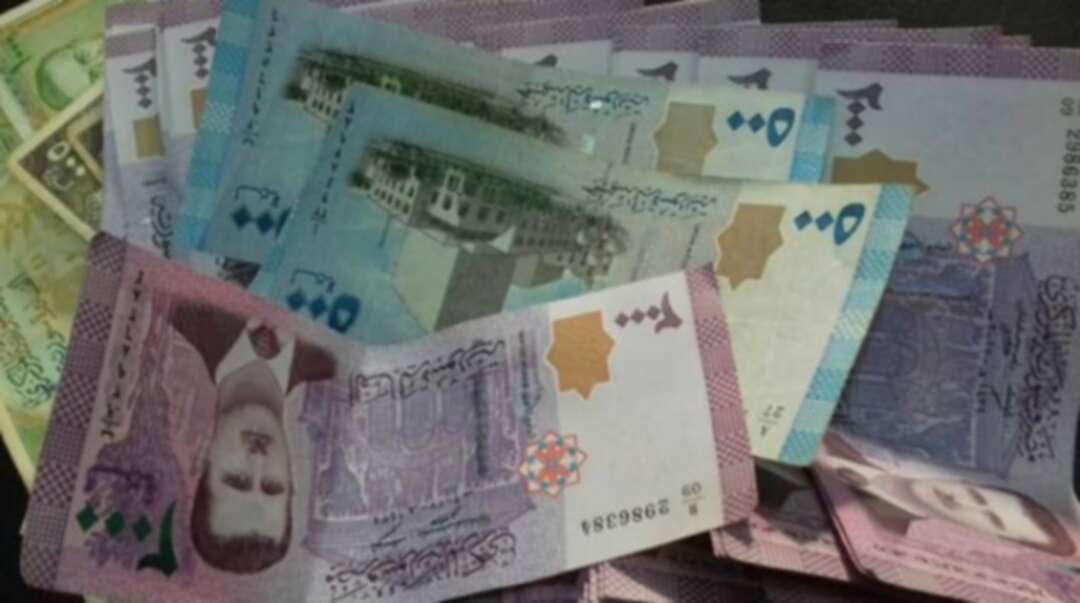-
Economic Shocks and the Erosion of the Middle Class in Iran
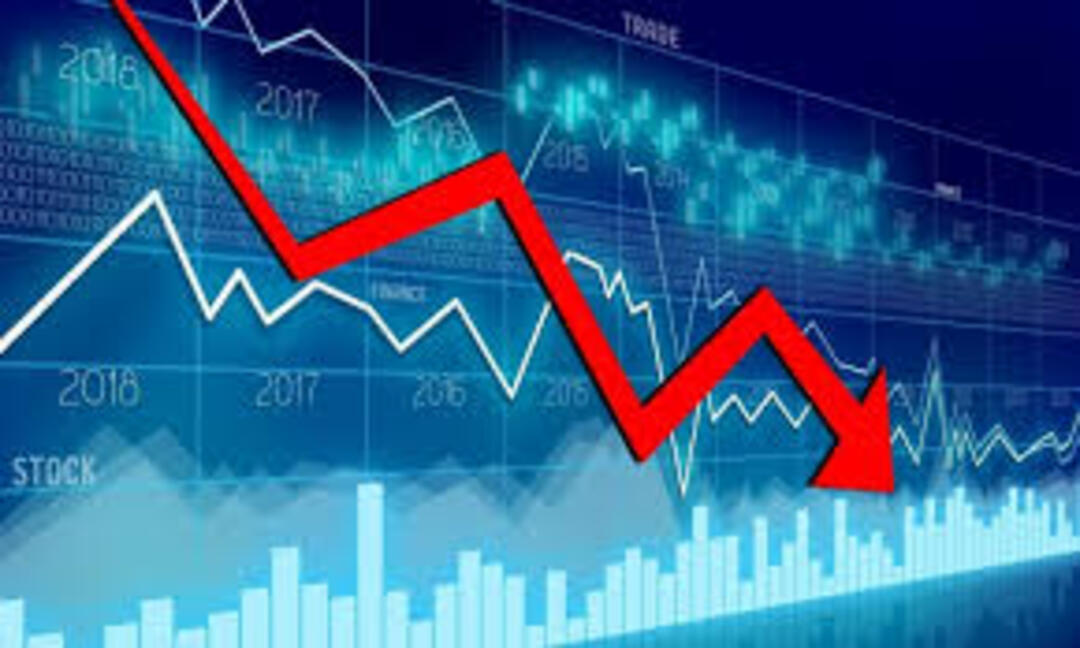
The middle class in Iran is witnessing an increasing struggle due to economic shocks. Currently, nine out of ten social segments in Iran are susceptible to these shocks. A careful examination of spending patterns across these segments reveals a remarkably wide gap between the tenth segment and the others.
Data on urban household spending for 2022 shows that the spending between the tenth segment (the top 10% of the population) and the ninth segment is approximately double. However, the spending gap between the other segments is much smaller, deepening the disparity between the tenth segment and the rest of society. This means that most segments are considered vulnerable to economic shocks, and even some households in the tenth segment may become threatened by new economic fluctuations.
As a result, it can be said that only a small portion of the community is insulated from economic shocks. The vulnerability of 9 out of 10 segments means that many households could easily fall near the poverty line. Although the tenth segment may seem insulated from these fluctuations, a deeper look reveals a significant income gap even within this segment. Therefore, new economic disruptions could push households at the lower ranks of the tenth segment down to lower segments.
In 2023, the average urban household spending in the tenth segment was around 589 million tomans, while in the ninth segment it was approximately 316 million tomans. This means that the spending of the ninth segment represents about 53% of the spending of the tenth segment, making the spending of the tenth segment nearly double that of the ninth segment.
This significant difference highlights the clear disparity in living standards and economic power. In 2022, this ratio was 59%, illustrating the widening gap between these segments. Households in the tenth segment spend much more than the lower segments, especially on non-food items such as housing, education, healthcare, and entertainment.
Last year, the average spending on food and tobacco for urban households in the tenth segment was about 95 million tomans, while an additional 494 million tomans were spent on non-food goods. In other words, only 16% of the expenses of high-income Iranian households are allocated for food needs.
In contrast, the percentage of spending on food in the ninth segment rises to about 22% of total costs, and this percentage increases in lower segments. For example, in 2023, the total average spending for urban households in the first segment was around 47 million tomans, with about 43% of this amount allocated for food needs.
Over the past years, the Iranian economy has faced numerous shocks, including sanctions and currency fluctuations. During these periods of economic turmoil, such as rising inflation or financial crises, the lower segments are affected more severely. Data related to annual urban household spending shows that the first and second segments, which have much lower annual expenditures compared to the tenth segment, spend most of their income on food.
This means that when food or essential good prices rise, low-income households are more affected and have greater difficulty adapting to these changes. In contrast, households in the tenth segment, which allocate a large part of their spending to non-essential goods and services such as entertainment, healthcare, and education, are less impacted by rising prices of essential goods and can adjust their spending in other areas.
The economic gap between the tenth segment and the ninth segment indicates increasing economic inequality in Iran. This disparity is not solely due to differences in income, but also to gaps in access to economic opportunities, educational services, healthcare, and housing. The financial power of the tenth segment gives this group greater access to high-quality services, making them less susceptible to economic crises and rising prices, while the lower segments are more at risk due to their limited income. The widening of these gaps over time exacerbates social and economic challenges.
Currently, it can be said that the middle class in Iran has significantly weakened, and that nine out of ten income segments are exposed to fluctuations and economic shocks. Although the tenth segment may seem capable of maintaining its standard of living despite economic changes, deeper analysis reveals a significant income gap even within this segment. This means that new economic disruptions may push some households in the lower ranks of the tenth segment down to lower segments. Furthermore, the poverty gap has widened in recent years.
New economic shocks could push some individuals who are not currently classified as poor below the poverty line. Economic inequality can have long-term negative effects on social stability and national unity, especially when large segments of society feel left behind by economic cycles and unable to benefit from growth opportunities. Given the significant gap between the tenth segment and even the eighth and ninth segments, only the highest income group may be able to maintain their previous living standards.
In recent years, with rising inflation, the government has tried to support low-income segments through various types of aid to prevent the widening of the wealth gap. However, these policies have not sufficiently reduced class disparity. Low-income households still spend a large portion of their income on basic needs and have limited ability to save or invest.
Despite the benefits that the tenth segment enjoys, the economic gap may lead to long-term social discontent and economic
You May Also Like
Popular Posts
Caricature
BENEFIT Sponsors BuildHer...
- April 23, 2025
BENEFIT, the Kingdom’s innovator and leading company in Fintech and electronic financial transactions service, has sponsored the BuildHer CityHack 2025 Hackathon, a two-day event spearheaded by the College of Engineering and Technology at the Royal University for Women (RUW).
Aimed at secondary school students, the event brought together a distinguished group of academic professionals and technology experts to mentor and inspire young participants.
More than 100 high school students from across the Kingdom of Bahrain took part in the hackathon, which featured an intensive programme of training workshops and hands-on sessions. These activities were tailored to enhance participants’ critical thinking, collaborative problem-solving, and team-building capabilities, while also encouraging the development of practical and sustainable solutions to contemporary challenges using modern technological tools.
BENEFIT’s Chief Executive Mr. Abdulwahed AlJanahi, commented: “Our support for this educational hackathon reflects our long-term strategic vision to nurture the talents of emerging national youth and empower the next generation of accomplished female leaders in technology. By fostering creativity and innovation, we aim to contribute meaningfully to Bahrain’s comprehensive development goals and align with the aspirations outlined in the Kingdom’s Vision 2030—an ambition in which BENEFIT plays a central role.”
Professor Riyadh Yousif Hamzah, President of the Royal University for Women, commented: “This initiative reflects our commitment to advancing women in STEM fields. We're cultivating a generation of creative, solution-driven female leaders who will drive national development. Our partnership with BENEFIT exemplifies the powerful synergy between academia and private sector in supporting educational innovation.”
Hanan Abdulla Hasan, Senior Manager, PR & Communication at BENEFIT, said: “We are honoured to collaborate with RUW in supporting this remarkable technology-focused event. It highlights our commitment to social responsibility, and our ongoing efforts to enhance the digital and innovation capabilities of young Bahraini women and foster their ability to harness technological tools in the service of a smarter, more sustainable future.”
For his part, Dr. Humam ElAgha, Acting Dean of the College of Engineering and Technology at the University, said: “BuildHer CityHack 2025 embodies our hands-on approach to education. By tackling real-world problems through creative thinking and sustainable solutions, we're preparing women to thrive in the knowledge economy – a cornerstone of the University's vision.”
opinion
Report
ads
Newsletter
Subscribe to our mailing list to get the new updates!


